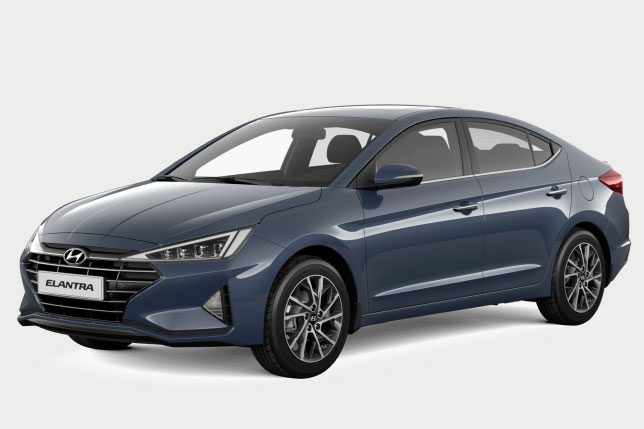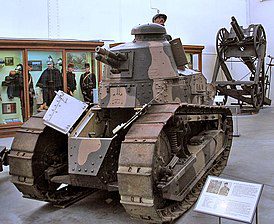
Hyundai Elantra 1.6 Style
With Hyundai's design department firmly in the hands of European designers, a lot has changed with the brand. This used to be underestimated by many who knew Pony and Accent, but it hasn't happened in the past decade. But from the "old days", only the Elantra (formerly known as Lantra) remained in Hyundai's worldwide sales program. Now its latest variety has been on the market for five years, and the reception is not bad.
After all, we can write about this Hyundai that it gives an idea of how they make mass (global) cars for the wider world. Of course, there are not many Slovenian buyers of mid-range sedans, most people avoid this body style. It's hard to answer why. Probably one of the reasons is that the back of a limousine usually lengthens the car, but there is no way to push the washing machine into the back. Jokes aside, sedans have their advantages, and the Elantra is one of those that can make them stand out.
After the renovation of the exterior, the attractive appearance has become even more emphasized. Not superfluous are the spaciousness of the rear seat and especially the large enough trunk. The gasoline engine is less convincing if you're looking for responsiveness and performance. This is just an average person, but when it comes to normal driving (without forcing the engine to high revs), then in terms of fuel consumption it turns out to be quite suitable. For those looking for something more, a turbo diesel version is also available after the Elantra update. The interior and equipment of the Elantra are less convincing (the level of style is not the highest). There are no problems with the quality of materials, only the Hyundai dashboard has been slightly improved (in world markets, the demand from buyers is less). We boast some hardware tweaks like dual-zone air conditioning, a rearview camera, and parking sensors that aren't as intrusive as some of the competition. However, the work of the radio sparked a lot of anger.
This is because it adapts to the reception and searches for the best station, but does not save the one you have set as the most popular. Such a jump occurs very quickly, so a less attentive driver only after a while realizes that he was informed about all the little things, and not about the latest situation on our roads from some remote radio station. Angry... Also because you lose an extra feature that many drivers appreciate - listening to their own music and random traffic reports from the same source. Well, perhaps poor reception due to the antenna, which is installed in the rear window, and not on the roof of the car, even this finding does not change the weakness. In terms of road position, nothing has changed since we first tested this kind of Elantra.
It's solid and if you're not a big rider you'll be fine. Of course, rear axle design has its limits. As in the first test, this time we can say that it would be better to drive on wet roads if the Elantra had different tires. So, as stated in the introduction, the Elantra is a car that satisfies but doesn't impress. Definitely with good enough features, but with some things that should be improved.
Tomaž Porekar, photo: Saša Kapetanovič
Hyundai Elantra 1.6 Style
Basic data
| Base model price: | 17.500 € |
|---|---|
| Test model cost: | 18.020 € |
| Power: | 93,8kW (128 KM) |
Costs (per year)
Technical information
| engine: | 4-cylinder - 4-stroke - in-line - petrol - displacement 1.591 cm3 - maximum power 93,8 kW (128 hp) at 6.300 rpm - maximum torque 154,6 Nm at 4.850 rpm. |
|---|---|
| Energy transfer: | engine-driven front wheels - 6-speed manual transmission - tires 205/55 R 16 H (Hankook Venus Prime). |
| Capacity: | top speed 200 km/h - 0-100 km/h acceleration 10,1 s - average combined fuel consumption (ECE) 6,6 l/100 km, CO2 emissions 153 g/km. |
| Mass: | empty vehicle 1.295 kg - permissible gross weight 1.325 kg. |
| External dimensions: | length 4.570 mm - width 1.800 mm - height 1.450 mm - wheelbase 2.700 mm - trunk 458 l - fuel tank 50 l. |
Our measurements
| T = 24 ° C / p = 1.028 mbar / rel. vl. = 43% / odometer status: 1.794 km | |
| Acceleration 0-100km: | 11,3s |
|---|---|
| 402m from the city: | 17,8 years ( 128 km / h) |
| Flexibility 50-90km / h: | 9,5 / 17,4 ss ((IV./Sun.)) |
| Flexibility 80-120km / h: | 15,9 / 20,0s ((Sun/Fri)) |
| test consumption: | 7,5 l / 100km |
| Fuel consumption according to the standard scheme: | 6,1 l / 100km |
| Braking distance at 100 km / h: | 37,9m |
| AM table: | 40m |
| Noise at 90 km / h in 6rd gear | 60dB |
evaluation
Elantra is attractive primarily for its form, but useful for its spaciousness. The already proven petrol engine will only satisfy undemanding, more convincing savings, thanks in part to a five-year triple warranty.
We praise and reproach
appearance
smooth ride with moderate driving
barrel size
Transmission
warranty period
price
did not open on the trunk lid
radio quality
